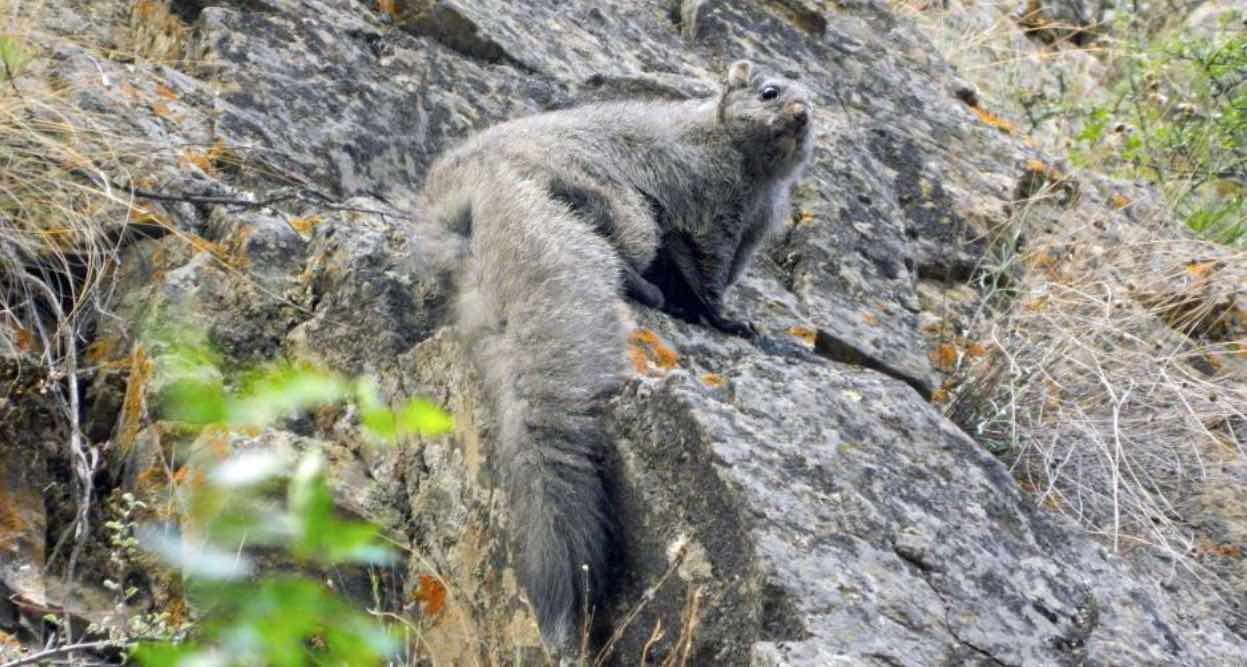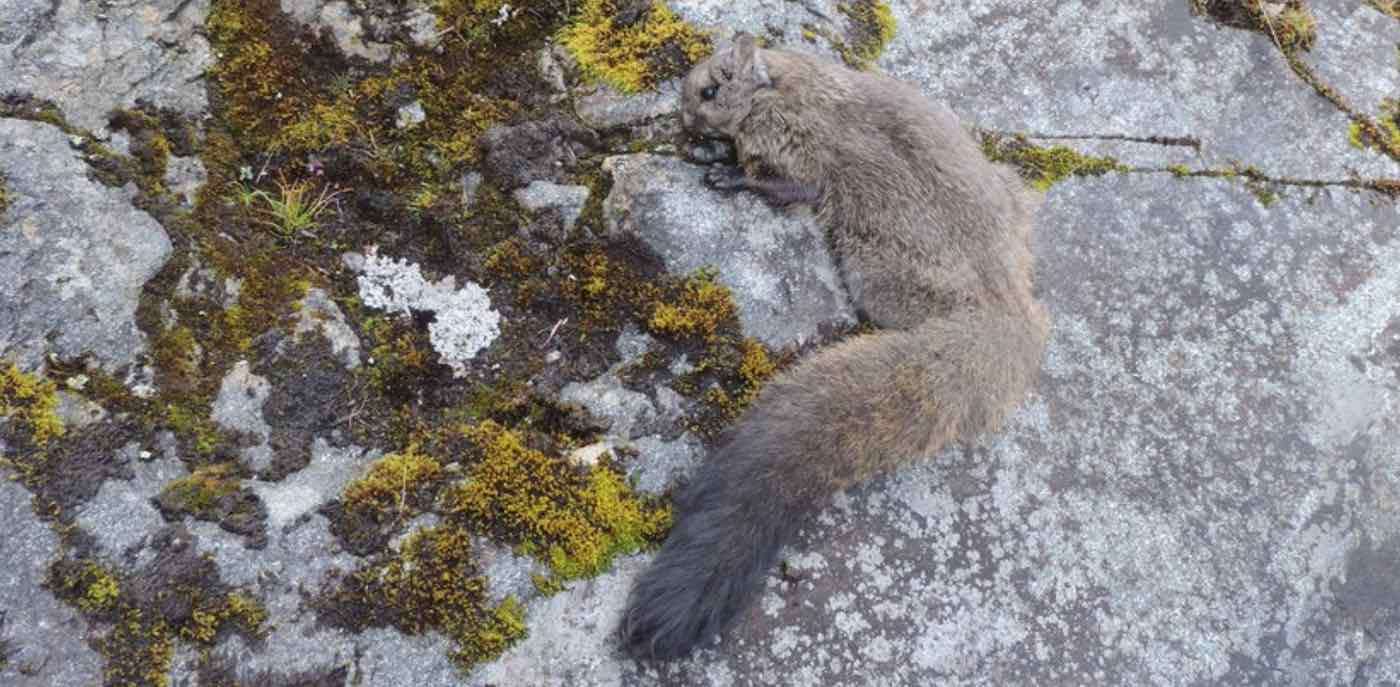Endangered Humpback Whales Gain New Protections in Pacific Ocean From the U.S
The White House has announced it will be protecting hundreds of thousands of nautical square miles of humpback whale habitat in the Pacific Ocean.

The world is growing smaller all the time as mass communication and transit links the continents in a web of social media and overnight layovers. Yet even with all this globalization, there are still natural secrets to uncover for those willing to look.
Incredibly, a species of gliding squirrel (Eupetaurus cinereus) that was last seen in 1994 was cross-referenced with museum specimens and found to actually be three squirrels, not one.
University of Wyoming squirrel expert John Koprowski remarked to National Geographic "that there were two relatively large animals that had gone unreported shows how little we know about the natural world."
The Yunnan woolly flying squirrel and the Tibetan woolly flying squirrel now take their place in the scientific record alongside the newly reclassified Western woolly flying squirrel.
The first new squirrel lives in the mysterious gorges of Yunnan, thousands of miles from the territory of the second, who lives at altitudes of 16,000 feet at the intersection of India, Tibet, and Bhutan.

Helgen and his colleagues visited museums around the world to gather information on the woolly flying squirrel, and examined 24 specimens in total. The differences in the shape of the skull and color of the fur gave rise to the notion that what they were looking at were actually three different species, two of which are now newly described, not just different populations.
All three woolly flying squirrels use their tails-which are nearly as long as their bodies-like rudders to steer their gliding descents, and in the rain it doubles as an umbrella. At 5.4 pounds and three feet long from nose to tail, they are one of the largest gliding mammals, and survive mostly by using a pair of tall teeth to gnash juniper leaves and pine needles.
Understandably hard to spot, the grey plush fur that keeps the squirrels warm at sub-zero temperatures perfectly camouflages them with the stones of their mountain environment. It's hard enough spotting a snow leopard among the rocks of the mountainside, let alone a squirrel.
Be the first to comment